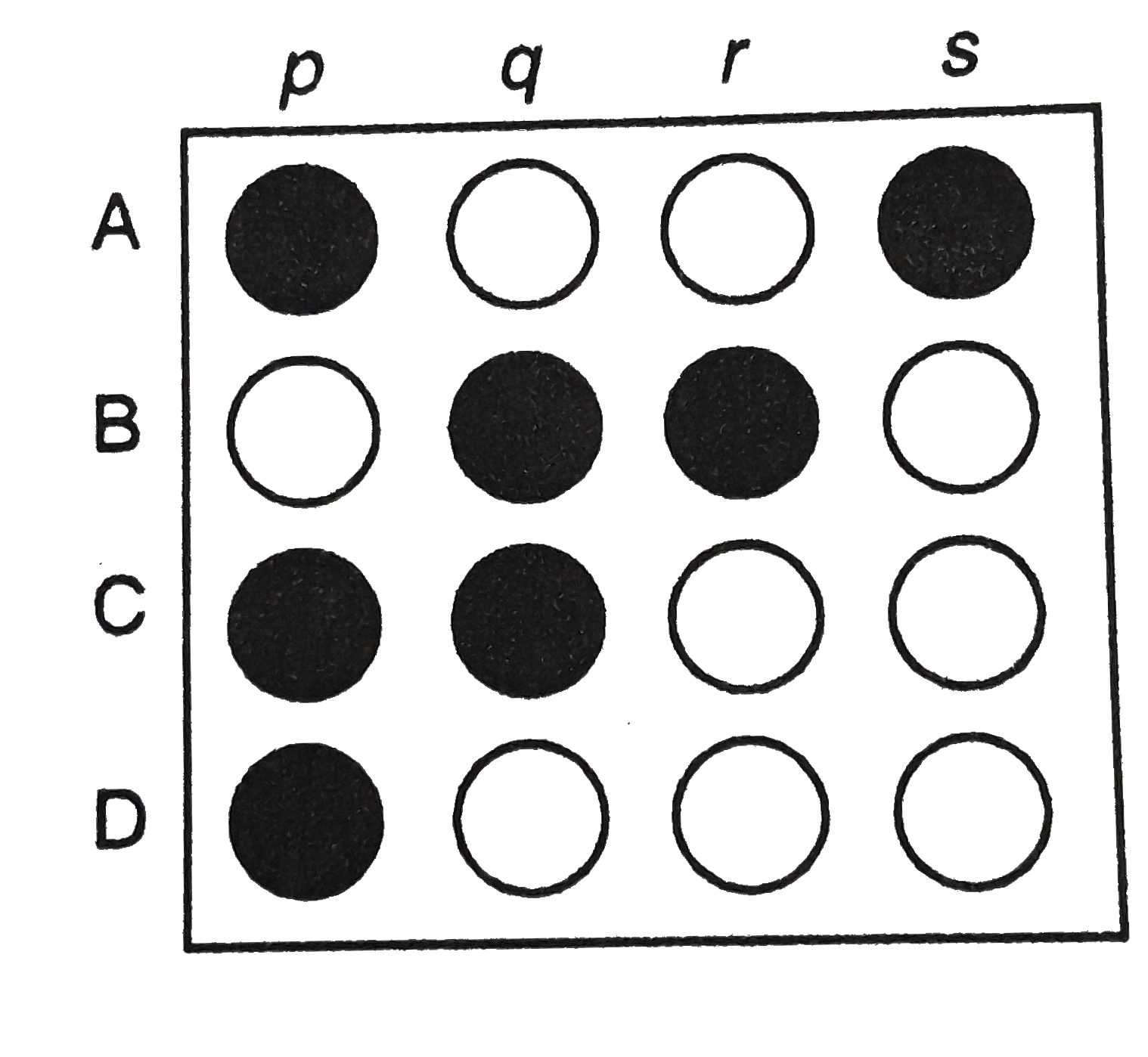Chemical equilibrium for a reversible change means
the forward reaction proceeds as fast as the the backward reaction, i.e, velocity of opposing reactions are equal
no change in conc. Of reaction speed with time
dynamic equilibrium
none of the above
The correct Answer is:A, B, C
Step by step video, text & image solution for Chemical equilibrium for a reversible change means by Chemistry experts to help you in doubts & scoring excellent marks in Class 12 exams.
Topper's Solved these Questions
- BOOK - FIITJEECHAPTER - CHEMICAL EQUILIBRIUMEXERCISE - ASSIGNMENT PROBLEMS (OBJECTIVE (LEVEL -II)(COMPREHENTION-I))5videos
CHEMICAL EQUILIBRIUM
- BOOK - FIITJEECHAPTER - CHEMICAL EQUILIBRIUMEXERCISE - ASSIGNMENT PROBLEMS (OBJECTIVE (LEVEL -II)(COMPREHENTION-II))5videos
CHEMICAL EQUILIBRIUM
- BOOK - FIITJEECHAPTER - CHEMICAL EQUILIBRIUMEXERCISE - ASSIGNMENT PROBLEMS (OBJECTIVE (LEVEL -I) REASONING TYPE QUESTIONS))6videos
CHEMICAL EQUILIBRIUM
- BOOK - FIITJEECHAPTER - CHEMICAL ENERGETICS EXERCISE - NUMERICAL BASED QUESTIONS2videos
CHEMICAL ENERGETICS
- BOOK - FIITJEECHAPTER - CHEMICAL KINETICS AND RADIOACTIVITYEXERCISE - Exercise9videos
CHEMICAL KINETICS AND RADIOACTIVITY
Similar Questions
Knowledge Check
- Question 1 - Select One
Which of the following does not influence the chemical equilibrium of a reversible reaction?
ATemperature changeBCatalystCPressure changeDIncrease in concentration of reactants. - Question 2 - Select One
The chemical equlibrium of a reversible reaction is not influenced by :
ACatalystBPressureCTemperatureDConcentration - Question 3 - Select One
The chemical equilibrium is a
ADynamic equilibriumBStatic equilibriumCPhysical equilibriumDNone of these

Column IColumn IIChemical equilirium (p) DynamicPhysical equilibrium(q) Reversible chamical changeIonic equilibrium (r) Reversible physical changeEquilibrium constant(s) Affected by change in temperatureView SolutionChemical change is a reversible change.
View SolutionChemical equilibrium is attained in a reversible reaction carried in a close container and is of dynamic nature. The value of equilibrium constant may be expressed either as Kp and Kc and the two are related to each other as :
Kp=Kc(RT)Δng
Free energy change (ΔG) at equilibrium point is zero. The value of equilibrium constant gives the extent to which a particular reation has proceeded to attain the equilibrium . Its value gets reversed if the reaction is reversed and becomes the square root of the initial value if the reaction is divided by 2.
A reaction attains equilibrium when the free energy change accompanying the reaction is :View SolutionChemical equilibrium is attained in a reversible reaction carried in a close container and is of dynamic nature. The value of equilibrium constant may be expressed either as Kp and Kc and the two are related to each other as :
Kp=Kc(RT)Δng
Free energy change (ΔG) at equilibrium point is zero. The value of equilibrium constant gives the extent to which a particular reation has proceeded to attain the equilibrium . Its value gets reversed if the reaction is reversed and becomes the square root of the initial value if the reaction is divided by 2.
when the two reactants A and B are mixed to give products C and D , the reaction quotient Q at initial stage of the reaction:View SolutionThe equilibrium constant in a reversible reaction at a given temperature which
View Solution

